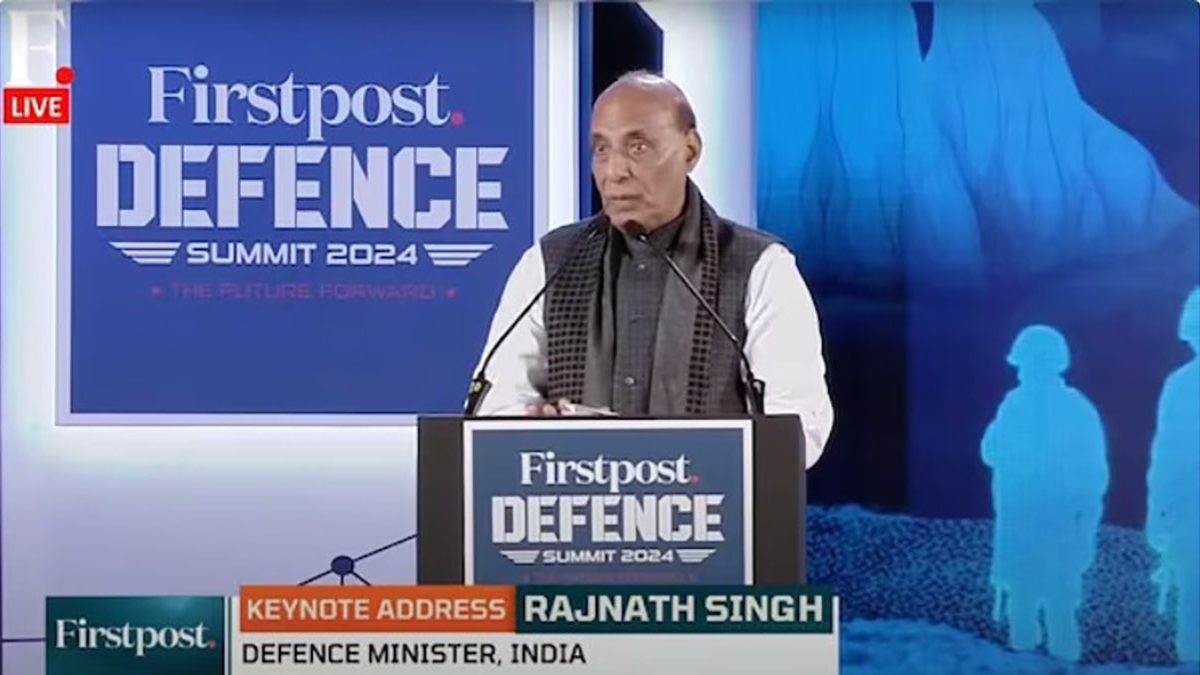The Narendra Modi government is desperately trying to douse the fire of a pan-India farmer crisis—incidentally, its own creation– using all tools at disposal except committing money to state governments stuck with demands of massive loan waivers. On Thursday, Union Agriculture Minister Radha Mohan Singh asked the pesticide industry to bring down prices and called for a meeting on Friday to press for the reduction of seed prices, Indian Express reported ( read here ). Besides, the Centre has promised support for farm loan subvention to ensure more credit to the farmer and steep hike in Minimum Support Price (MSP) for oil seeds and pulses. That’s more or less the immediate rescue package from the government to address the ongoing farm sector crisis.
But, the government is forgetting the fundamental problem that has caused the current bout of agrarian crisis, said Ravishankar Mantha, founder and CEO at Agrisk Data Analytics. “The government is offering a financial solution to something that is essentially a social and structural problem. This will not work,” said Mantha. “Had higher MSPs, interest rate subventions and higher bank credit to farmers worked, we would not have witnessed the current agriculture crisis,” Mantha said.
Mantha is bang on.
For several years, the governments have tried to put more money in the sector in the form of directed bank lending (through annual targets read out in the budget), higher support prices and interest rate subvention schemes. Typically, a farmer get loan at 7 percent (the government gives 2 percent subvention to the bank directly) and the interest rate further goes down to 4 percent on prompt repayment. Banks are required to lend 18 percent of their total loans mandatorily to agriculture under the priority sector lending target stipulated by the Reserve Bank of India.
Right now, banks’ loan outstanding to agriculture and allied activities stand at over Rs 9.1 lakh crore as compared to just over Rs 7 lakh crore two years back. In this year’s Union Budget, the Modi government has raised the agriculture loan target to a record Rs 10 lakh crore. Such massive targets to the sector that isn’t performing in terms of productivity has caused massive bad loans on the books of state-run banks.
Beyond all these, there has been a series of farm loan waivers during the UPA-days and after NDA took over, which will work out to a few lakh crores on a conservative basis. If money could solve the problem, would the agriculture sector have faced the current situation?
The government doesn’t seem to have learned from the past, Mantha says. And, the sad part is that this doesn’t end here. According to Indiaspend, the total chunk of farm loan waivers could work out to the tune of Rs 3.1 lakh crore or 2.6 percent of the country’s gross domestic product (GDP) in 2016-17. Neither the follow of cheap money has addressed the problem of farmer suicides, Indiaspend has noted.
“In 2009, the year after the loan-waiver was announced, the state government promised an additional waiver of Rs 6,208 crore. This led to a drop in farm suicides in India’s richest state, by GDP; but in 2010, suicides rose again, by 6.2 percent. By 2015, seven years after the Centre’s bail-out, Maharashtra recorded 4,291 suicides, its highest rate ever, accounting for 34 percent of such deaths nationwide,” Indiaspend said, quoting the NCRB (National Crime Records Bureau) data.
The core problem here is that beyond offering free or cheap money, the government has failed to address the deeper issues plaguing the sector, Mantha says listing out the following problems.
First, no significant increase in productivity– there has not been investment into the research and development to enhance the efficiency of the production over years. As a percentage of GDP, contribution of agriculture has dropped sharply to lower double digits (about 14 percent now) from close to 40-50 percent at the time of independence. Despite all this money going in, India still needs to import certain cereals, pulses and oil seeds. In fact, food imports have gone up during the Modi government rule.
Second, small land holdings make farming difficult for farmer. “When you have small pieces of land, it is not viable to invest heavily as returns will be minimal compared with costs,” said Mantha. The idea of group farming and clubbing the farm land exists largely only on paper. According to The Economic Times article , number of farmers with small land holdings have swelled over years.
“In 1970-71, there were 70 million holdings or farms operating across 160 million hectares of land. 49 million of these farms were small and marginal farms (SFMF), operating on land up to 2 hectares. By 2010-11, the number of farms had almost doubled to 138 million. The number of SFMF had, however, swelled to 117 million—85 percent of operating farms. At this rate, we will have 186 million farms by 2040. SFMFs will increase from 117 million in 2011 to 166 million, comprising 89 percent of total farms,” the article points out.
Third, majority farmers opt for another revenue stream for sustenance rather than solely focusing on farm activity. This way, often, farming becomes a side business and practically little room is given for higher focus/investment in productivity.
Fourth, irrigation still remains a major issue for many agrarian states which makes dependence on monsoon very high. As the Indiaspend article pointed out, no more than 47.6 percent of India’s farms are irrigated and the decadal growth in net-irrigated area to 2010 was 0.3 percent, according to ministry of agriculture data.
Jayanta Sinha, former chief general manager in charge of rural business at State Bank of India said the government has failed to learn from the past mistakes to address the issue of farmers’ woes and still continue to rely on the theory that money will solve the problem.
“We have been seeing loan waivers and interest rate subventions for many years now. Has it solved the problem? No. What is needed is addressing the deeper issues—lack of infrastructure and more information using technology to farmer. Also, the farmer needs to be more organized to address the problems collectively,” Sinha said. Also, if the government forces the pesticide companies to lower prices, it can create more problems as these firms will have to take a hit financially.
Modi has to take the blame of the current round of loan waivers, since the Prime Minister’s announcement during the UP polls on farm loan waiver is what forced Yogi Adityanath government to announce Rs 30,000 crore waiver and dragged more states like Maharashtra to face similar demands. The loan waiver virus has already begun infecting the credit culture in many states with farmers stopping repayments ( read here ). This exercise is also building another round of bad loan bomb on the balance sheets of public sector banks, which are already struggling to get rid of the existing stock of bad loans.
The bottomline is this: There is plenty of evidence from the past that gives us a clear message that money alone—loan waivers, cheaper bank loans and artificially lowering input costs—would not solve the agrarian crisis in this country. Still we haven’t learned and keep going back to the same old ways to address the problem. Are we becoming a nation of dimwits and freeloaders unable to think beyond freebies?


)




)
)
)
)
)
)
)
)